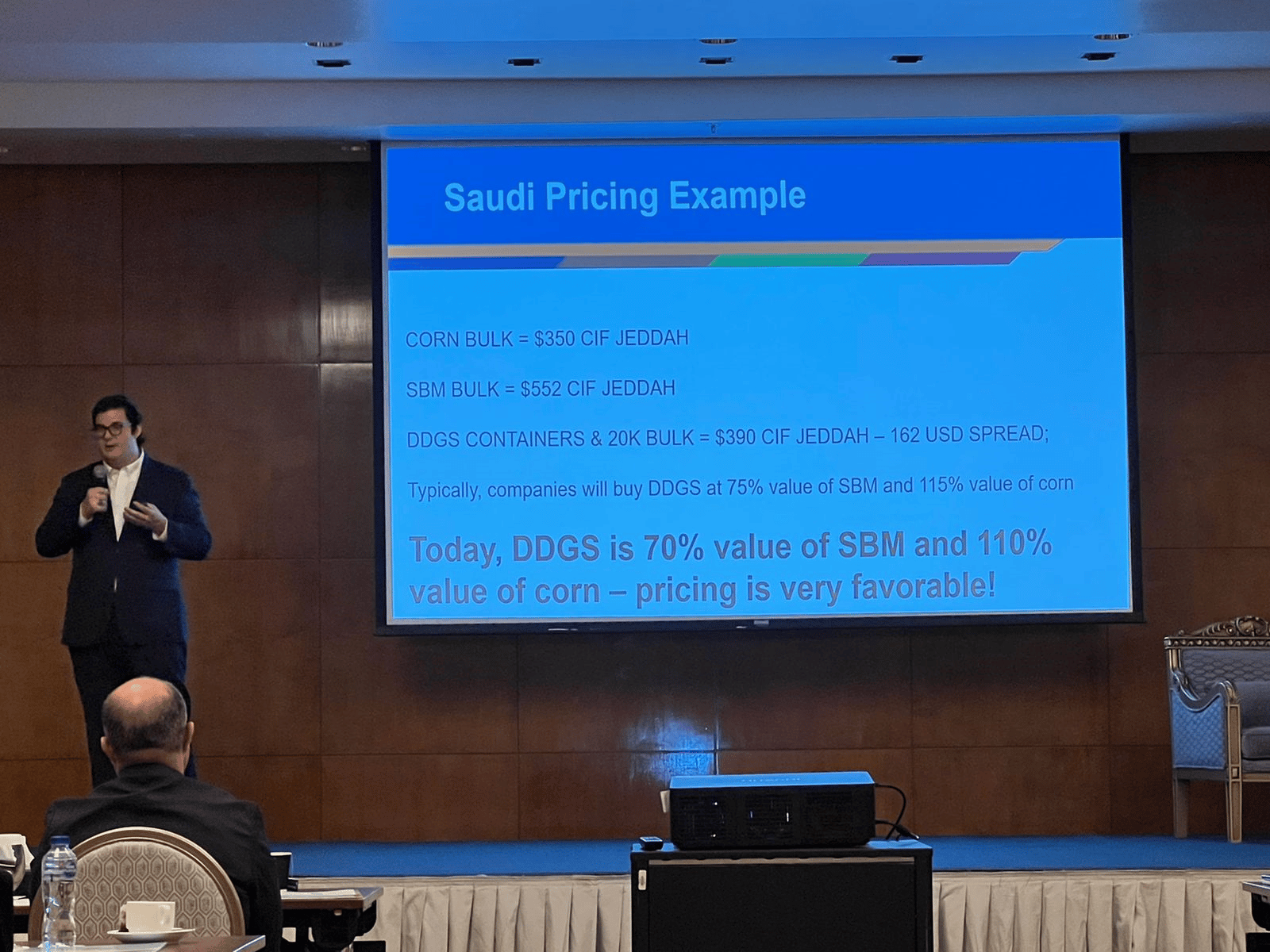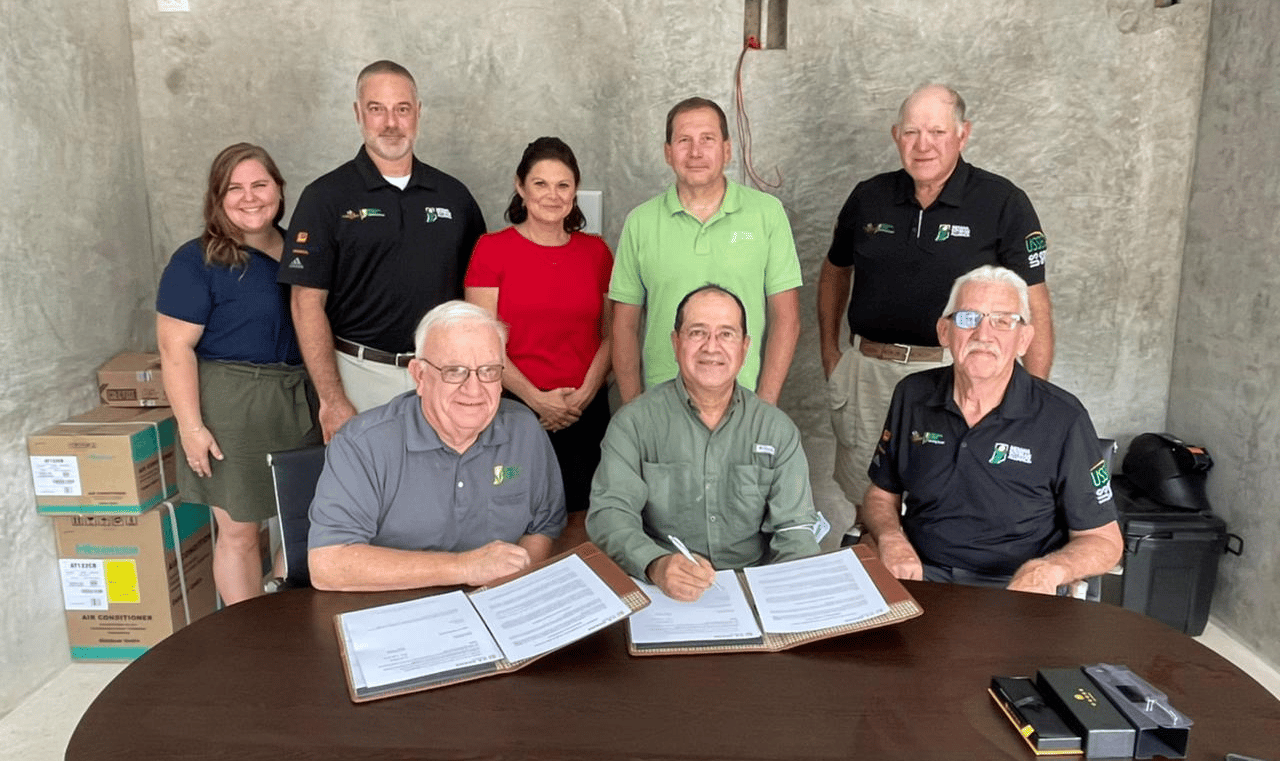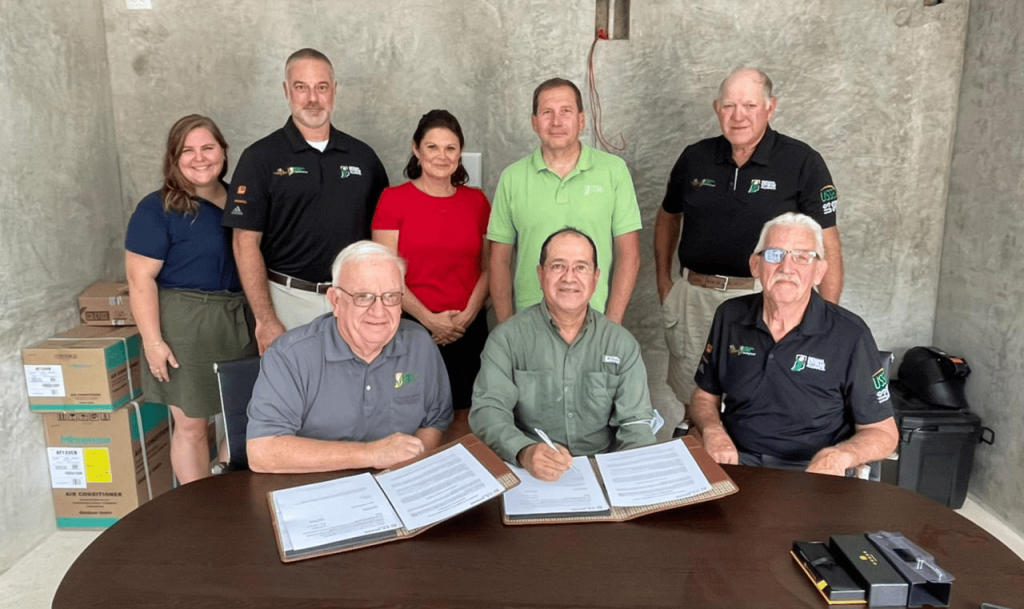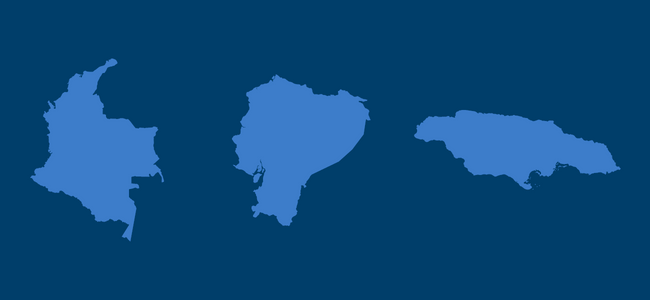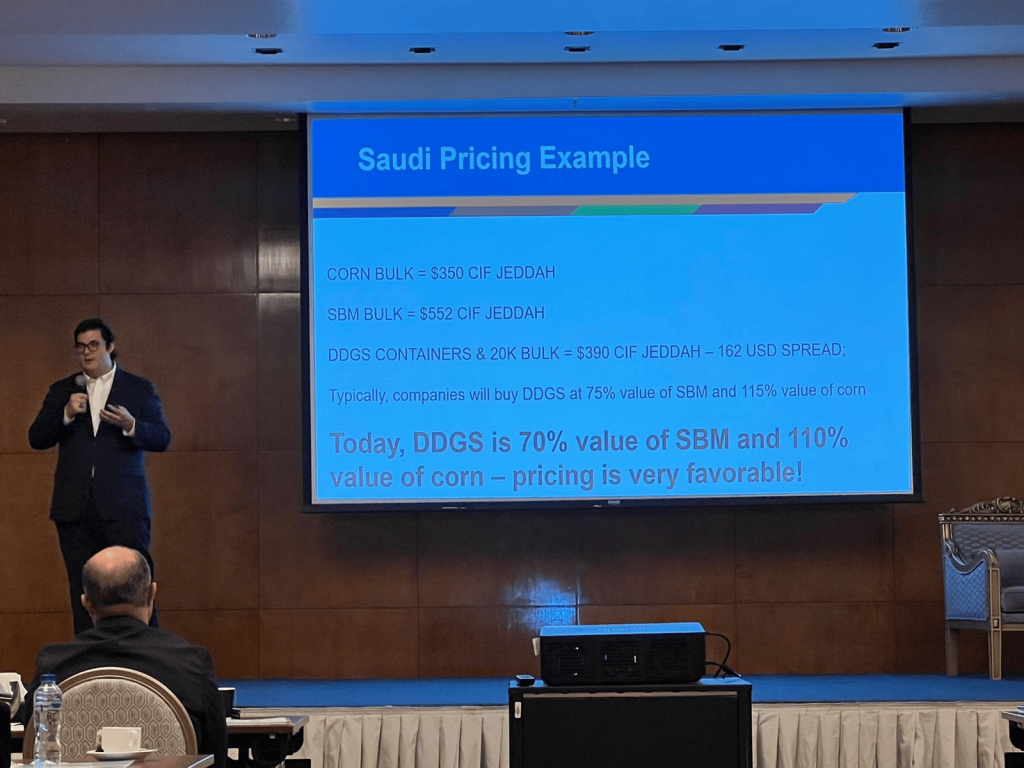
In its first conference ever held in the Kingdom of Saudi Arabia (KSA), the U.S. Grains Council (USGC) welcomed more than 45 feed millers and importers in Riyadh, promoting U.S. corn and distiller’s dried grains with solubles (DDGS). The country’s government has relaxed its visa processing, making conferences like this one easier to organize. The Council hopes to conduct more there in the future.
“Saudi Arabia is an exceptionally developed feed market, yet their use of DDGS continues to lag behind global standards. They have untapped potential to experience further savings from DDGS inclusion in feed rations, not only in their burgeoning poultry sector, but also in their world-leading dairy sector,” said Reece Cannady, USGC assistant regional director for Europe and the Middle East.
The conference was timely, as the Saudi market plans to push broiler production from 60 percent self-sufficiency to 85 percent self-sufficiency (1.3 million metric tons (MMT) of broiler meat) by 2030 as part of its VISION 2030. There is great interest in alternative ingredients, like DDGS that can be found in the U.S., as prices are very high for raw materials.
Following welcome remarks from Ramy H. Taieb, USGC Europe, Middle East and Africa regional director, and Mark Ford, USDA’s Foreign Agricultural Service regional agricultural attaché, attendees heard from Council members POET and the Andersons Inc. about DDGS nutrition, container and bulk logistics and sales potential. Additionally, Cannady presented a market overview for corn and corn co-products.
“Attendees had an exceptionally positive response to the conference. Not only are customers interested in learning about alternative products, but the conference also resulted in a 12,000 MT sale to the Kingdom, which should influence the market to take more product in the near future,” Cannady said.
Council staff held meetings with importers around Riyadh to discuss sales following the conference and before traveling to Al Kharj to engage with MEFSCO, a wet milling plant, as part of the organization’s global initiative to promote U.S. corn’s supremacy in wet mill yields.
“Saudi Arabia will continue to see engagement from the Council, as the potential for growth in DDGS use is as good as there is in the world. We expect for corn and co-product promotion to grow in the years to come,” Cannady said.


